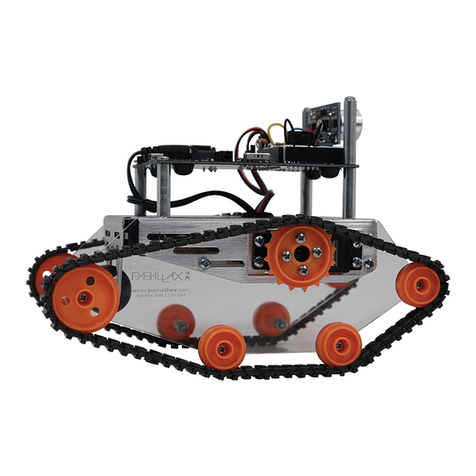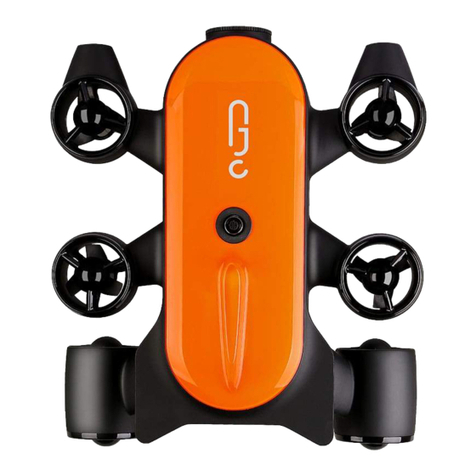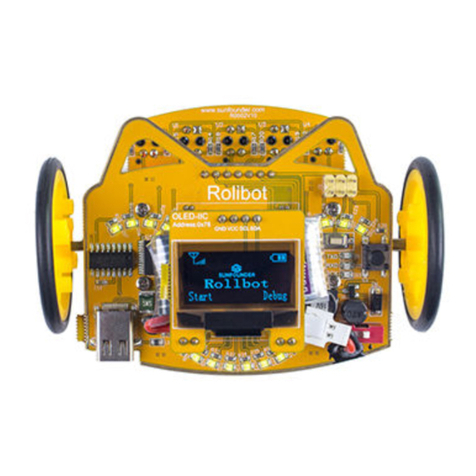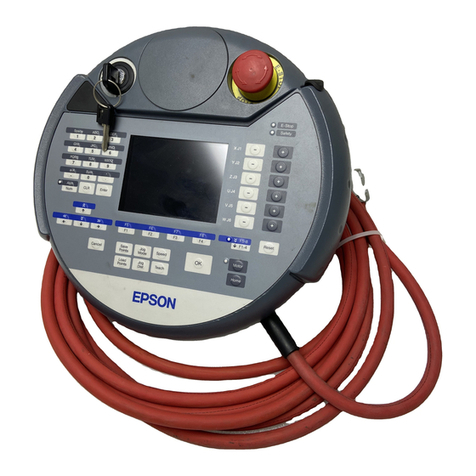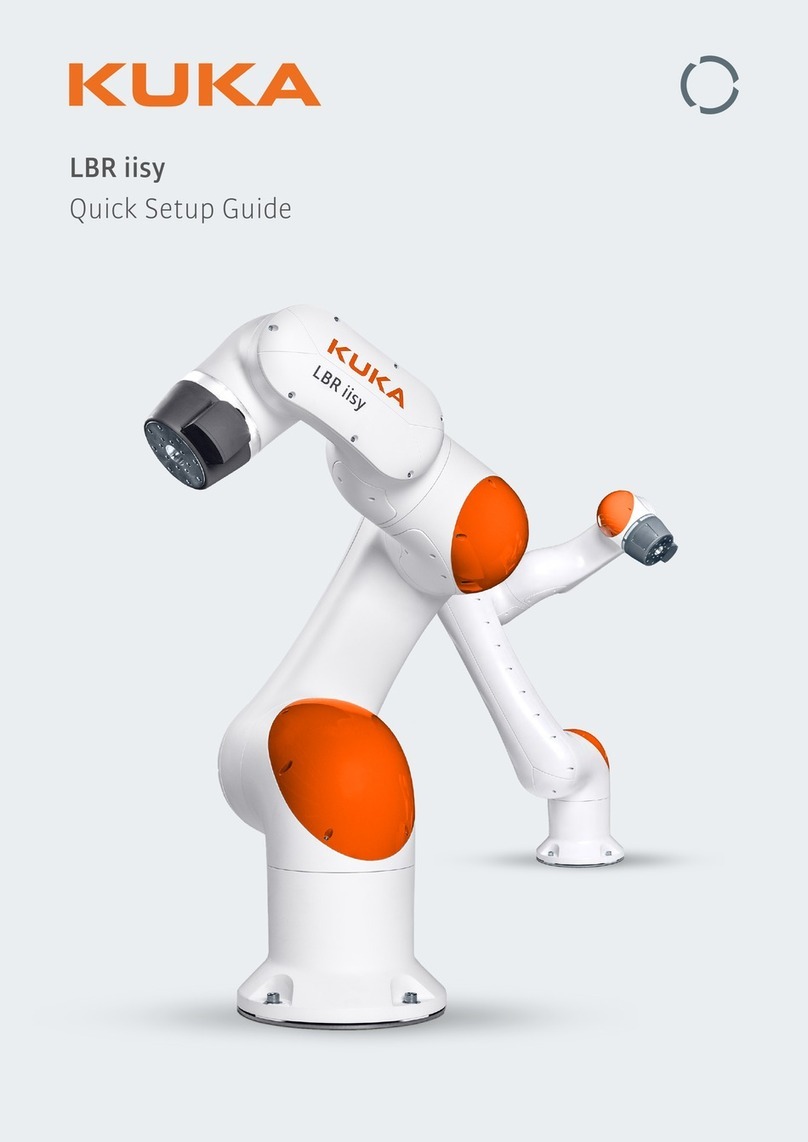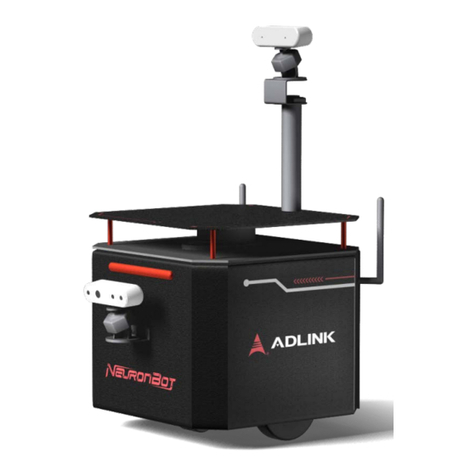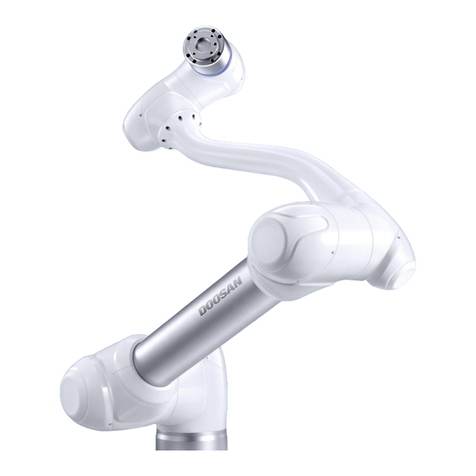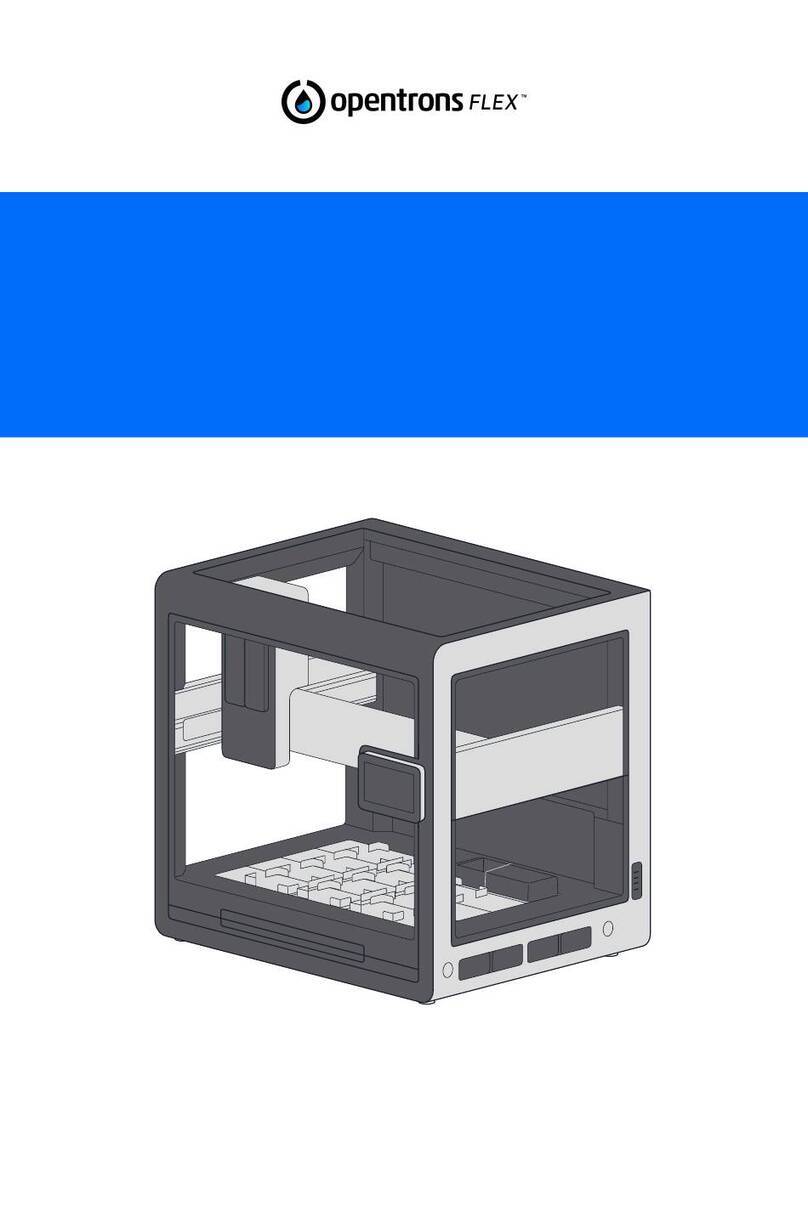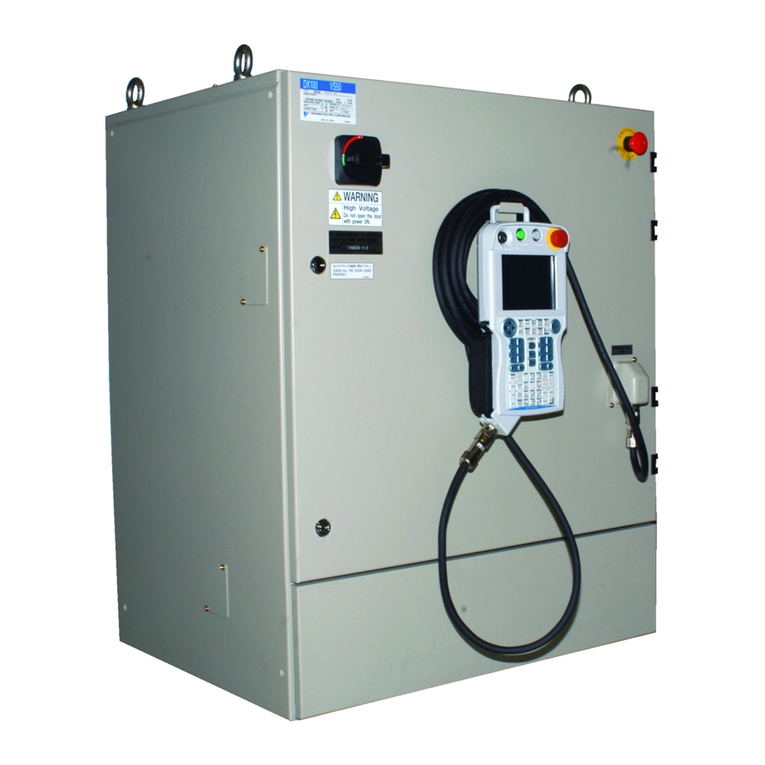Parallax 28195 User manual

599 Menlo Drive
Rocklin, CA 95765, USA
Office: (916) 624-8333
Fax: (916) 624-8003
Web Site: www.parallax.com
Forums: forums.parallax.com
Sales: (888) 512-1024; sales@parallax.com
Copyright © Parallax Inc. Propeller QuadRover (#28195) Example Program Instructions v1.0 6/16/2008 Page 1 of 3
Propeller QuadRover (#28195) Example Program Instructions
This documentation contains example code for controlling the Propeller QuadRover Robot with the
Propeller Control Board via a standard four-channel RC airplane or helicopter radio system.
Safety Precautions
CAUTION: User must read and understand this entire document before attempting to use the
Propeller QuadRover robot. The QuadRover is a heavy-duty robotics test-bed that is intended for
research and development including custom user-written programs and control systems. Because of its
size and weight, an improperly controlled QuadRover can cause damage to itself and to other property,
as well as personal injury, including death. The QuadRover employs a gasoline engine and hydraulic
power system, both of which can create high temperatures and high hydraulic pressure. Proper care and
safety precautions must be taken when working with these systems.
Please observe the following precautions:
yParallax Inc. will issue changes to the Propeller QuadRover manual to update its accuracy and
apprise the user of new procedures and design changes. It is the user’s responsibility to
maintain an updated operating manual. Documentation revisions will be posted and available for
download from the QuadRover product page at www.parallax.com. Before using the QuadRover,
check for the latest documentation.
yWhen developing and testing programs and applications with the QuadRover, the robot should be
elevated and firmly mounted on a platform in such a way that the wheels do not touch the
ground and vibrations will not cause the QuadRover to break free.
yThe QuadRover must be operated in a controlled area free from people, animals, and property
that could be damaged.
yProper safety equipment must be worn while working on the QuadRover.
yAn engine kill-switch pull string and tether have been provided; the tether should be attached to
the ring on the pull-string for use as an emergency cut off in the event of an unintended loss of
control.
yIt is the responsibility of the operator to know and comply with all state and local laws and
regulations applicable to the operation of gas-engine equipment, including, but not limited to,
requirements for spark arrestors and any restrictions for operating gas-engine vehicles on public
property or streets.
yIt is the user’s responsibility to obtain and properly store all Material Safety Data Sheets for the
gasoline, engine oil, and hydraulic oil used.
yParallax Inc. cannot be held responsible for any harm or injury that may occur due to improper,
unsafe, or uncontrolled operation of the QuadRover.
Disclaimer of liability: Parallax Inc. is not responsible for special, incidental, or consequential damages
resulting from any breach of warranty, or under any legal theory, including lost profits, downtime,
goodwill, damage to or replacement of equipment or property, or any costs of recovering,
reprogramming, or reproducing any data stored in or used with Parallax products. Parallax Inc. is also not
responsible for any personal damage, including that to life and health, resulting from use of any of our
products. You take full responsibility for your Propeller QuadRover robot application, including use of and
modifications to the example code referenced here, no matter how life-threatening it may be.

Copyright © Parallax Inc. Propeller QuadRover Robot (#28195) Example Program Instructions v1.0 6/16/2008 Page 2 of 3
Equipment Required
•QuadRover Robot with Propeller Control Board
•A standard digital four-channel R/C airplane or helicopter radio system with some form of error
detection to prevent radio interference from causing a loss of control
•The Propeller Tool software v1.1 or higher, and the Parallax Serial Terminal software, running on
a computer with an available USB port. The software installers are available free from the
Downloads link at www.parallax.com/propeller.
•A Prop Clip (#32200) or Prop Plug (#32201) with a USB A to Mini B cable (#805-00006)
•Four female/female servo extension cables (#805-00012)
Step 1: Preparation
1. Read, understand, and follow all of the instructions in the Propeller QuadRover Robot
documentation to prepare the unit for its initial use. The most recent version of this document
will be posted on the 28195 product page at www.parallax.com.
2. Firmly mount the QuadRover on a stable, elevated platform so that its wheels can spin freely and
it cannot shake loose.
3. Read and understand all of the instructions that came with your RC controller and receiver units.
4. Load your RC controller and receiver units with verified new or fully recharged batteries.
5. Connect your Prop Clip or Prop Plug to the Propeller Control Board, and then connect it to the
computer with the USB cable.
6. Extract all Propeller .spin files in this archive into one folder on your computer.
7. Open 'QuadRoverControl_v1.0.spin', then press Ctrl+T to set it as the top object file. When
modifying any of the included objects, press Ctrl+F9/F10/F11 compile/load RAM/load EEPROM.
Step 2: Connect the receiver and set the trims on the R/C transmitter.
1. Connect the R/C receiver to the Propeller Control Board.
2. Following the diagram below, use four female to female servo extension cables to connect
channels one through four of the R/C receiver to auxiliary connections 8 through 12 on the
Propeller Control Board. It is important that channels one through eight are connected in order to
connections 8 through 12 on the Propeller Control Board, otherwise the QuadRover will consider
the R/C receiver's output to be invalid.

Copyright © Parallax Inc. Propeller QuadRover Robot (#28195) Example Program Instructions v1.0 6/16/2008 Page 3 of 3
3. Program 'SetTrim_v1.0.spin' into the Propeller Control Board's EEPROM.
4. Open the Parallax Serial Terminal (PST.exe), and then set the COM port to the one connected to
Propeller Control Board and set the baud rate to 9,600.
5. Follow the instructions in 'SetTrim_v1.0.spin' to set the trims on the R/C transmitter.
Step 3: Calibrate the throttle and brake servos.
1. Open 'QuadRoverControl_v1.0.spin' and follow all directions in the comments.
Step 4: Check the servos and brakes before every use.
2. Load and 'QuadRoverNavigation_v1.0.spin' into the Propeller Control Board's EEPROM.
3. With the engine off and the Propeller Control Board’s Power Switch all the way on (Propeller ON
and Servos ON), turn on the R/C transmitter and move the left joystick all the way up. The
brakes should fully engage.
4. If they do not, repeat Step 3: Calibrate the throttle and brake servos.
Step 5: Check the R/C radio system for signal quality and strength.
1. Load and run 'QuadRoverNavigation_v1.0.spin' into the Propeller Control Board's EEPROM and
have someone hold the R/C transmitter at the furthest distance that you will be using the radio.
2. Have them move the brakes and throttle and make sure that the servos respond smoothly.
3. If the servos do not move at all, the radio may not be strong enough.
4. If the servos make jerky movements, even if just occasionally, the signal is receiving too much
interference.
5. If either condition occurs, it must be remedied before the radio system can be used with the
QuadRover. Refer to your RC radio system’s manual.
Step 6: Test the throttle-kill and no-signal conditions.
Before running the QuadRover, its control setup should be thoroughly tested:
1. With the engine off but the Propeller Control Board’s Power Switch all the way on (Propeller ON
and Servos ON), move the joysticks on the R/C transmitter and check for corresponding
movements in the servos on the QuadRover.
2. If everything works appropriately, start the engine and run the same test again making sure that
the wheels move as expected.
3. Turn the R/C transmitter off and check to make sure that the engine stalls.
4. After everything is tested, the QuadRover should only be run in a safe, controlled environment,
following all of the Safety Precautions.
5. Before running the QuadRover in a new environment, repeat Step 5: Check the R/C radio
system for signal quality and strength to ensure that there is no radio interference.
This manual suits for next models
1
Table of contents
Other Parallax Robotics manuals

Parallax
Parallax 28985 User manual

Parallax
Parallax 28106 User manual
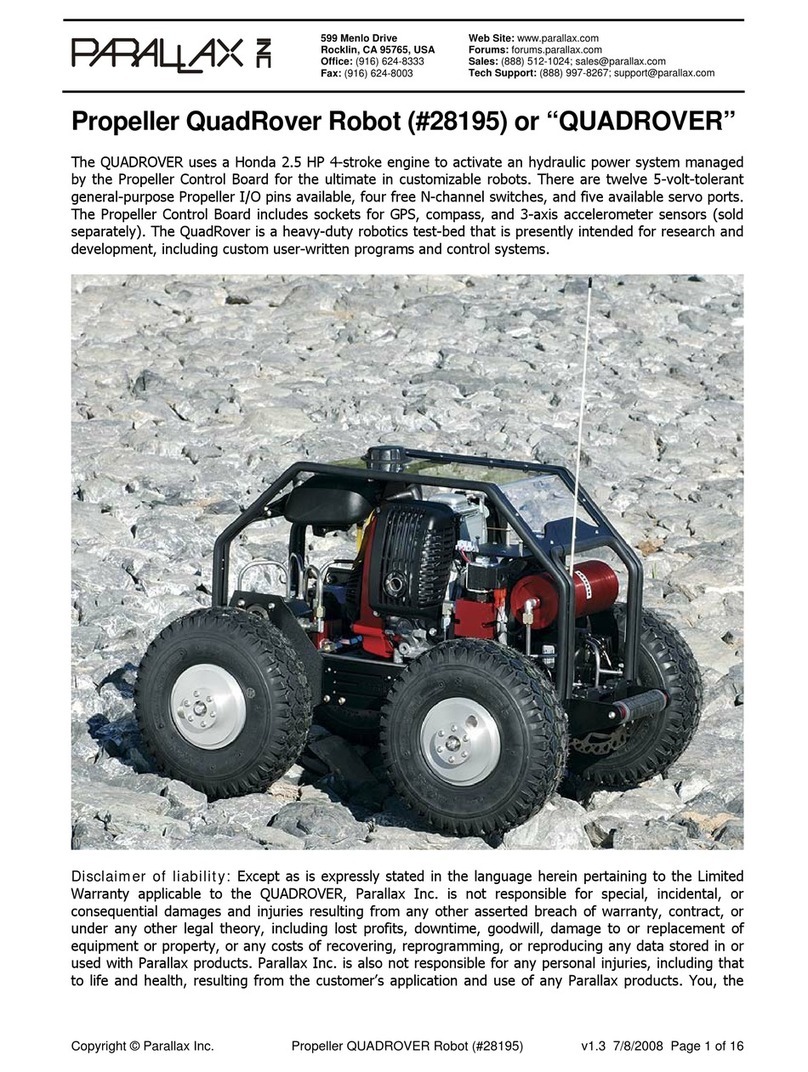
Parallax
Parallax QuadRover User manual
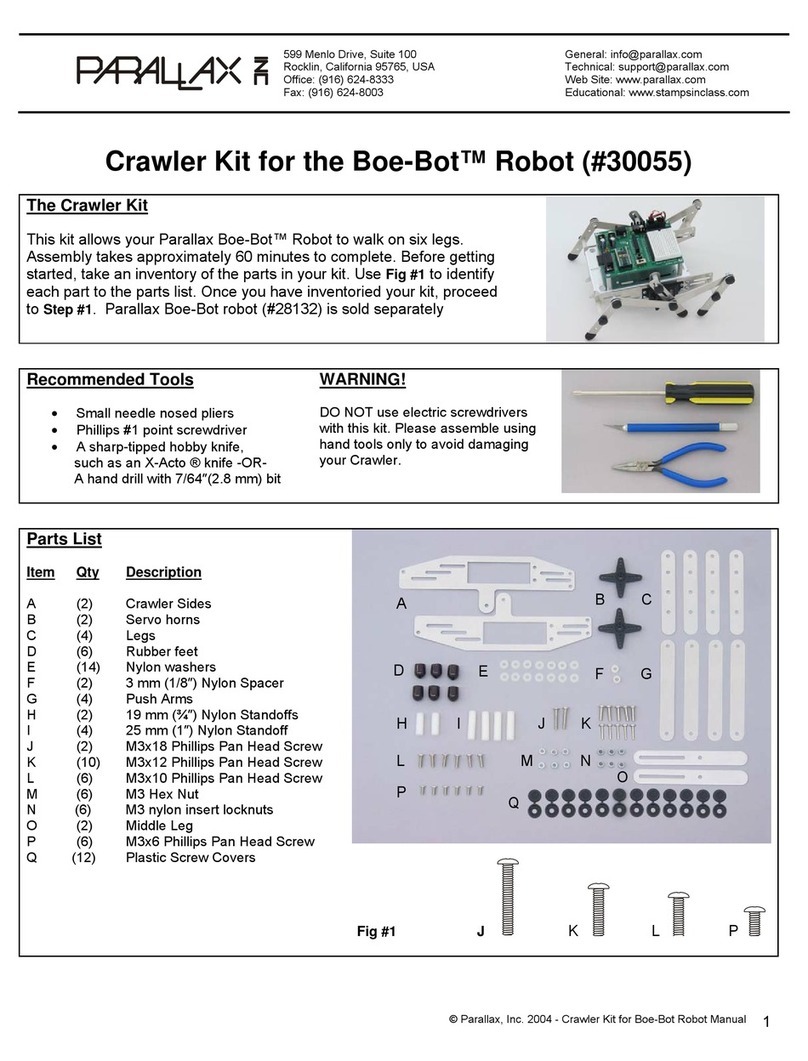
Parallax
Parallax 30055 User manual
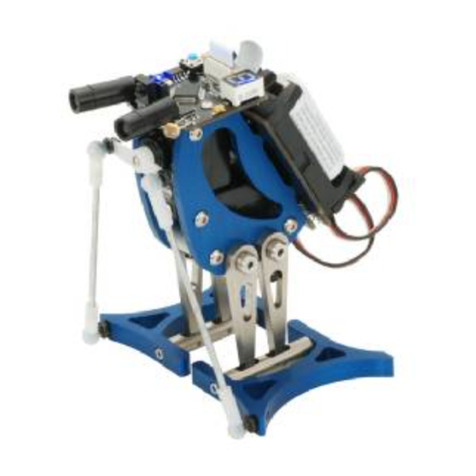
Parallax
Parallax Penguin User manual
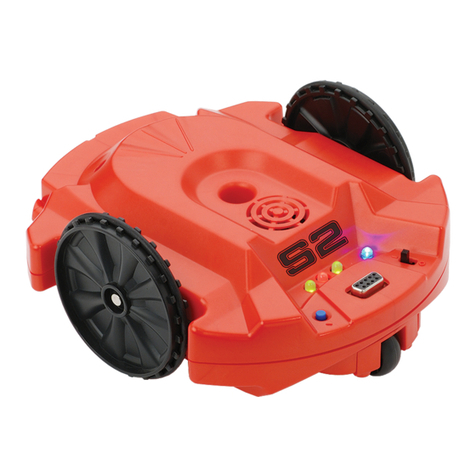
Parallax
Parallax S2 User guide

Parallax
Parallax SumoBot WX Board User manual
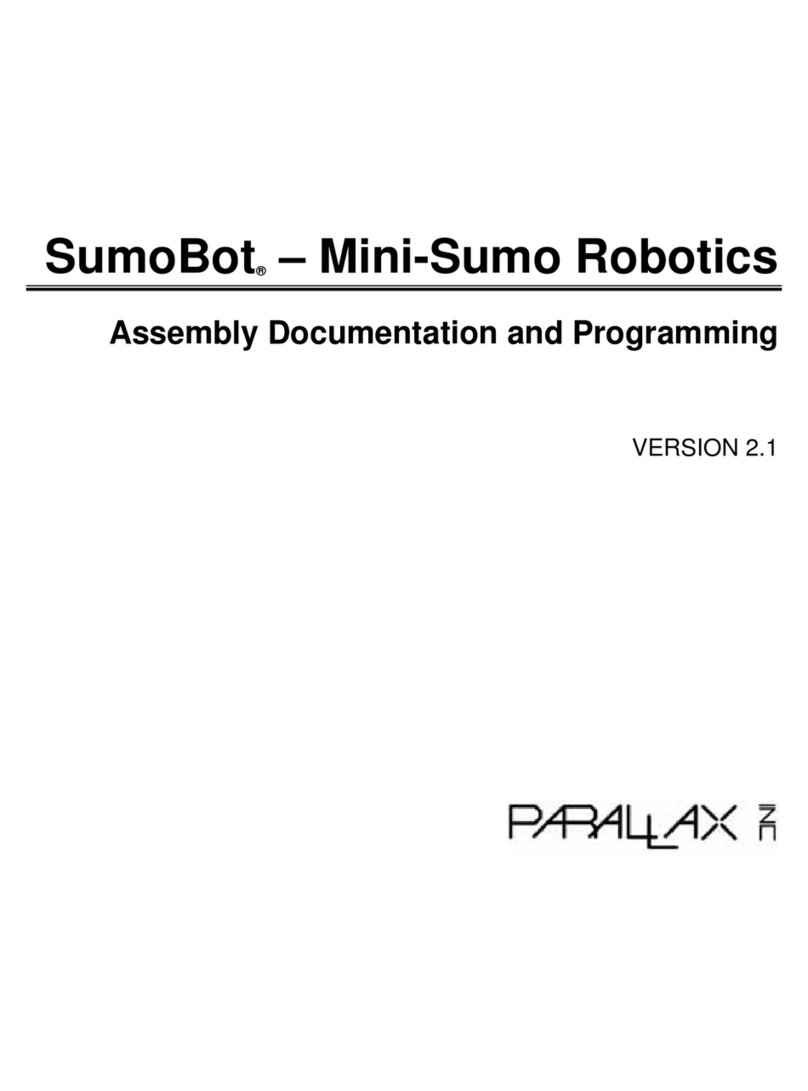
Parallax
Parallax Boe-Bot User manual

Parallax
Parallax 28990 User manual
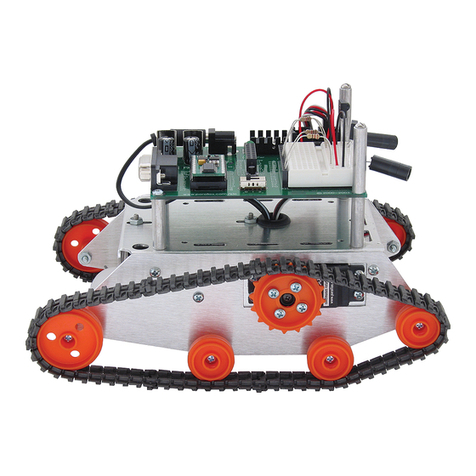
Parallax
Parallax 28106 User manual
Popular Robotics manuals by other brands
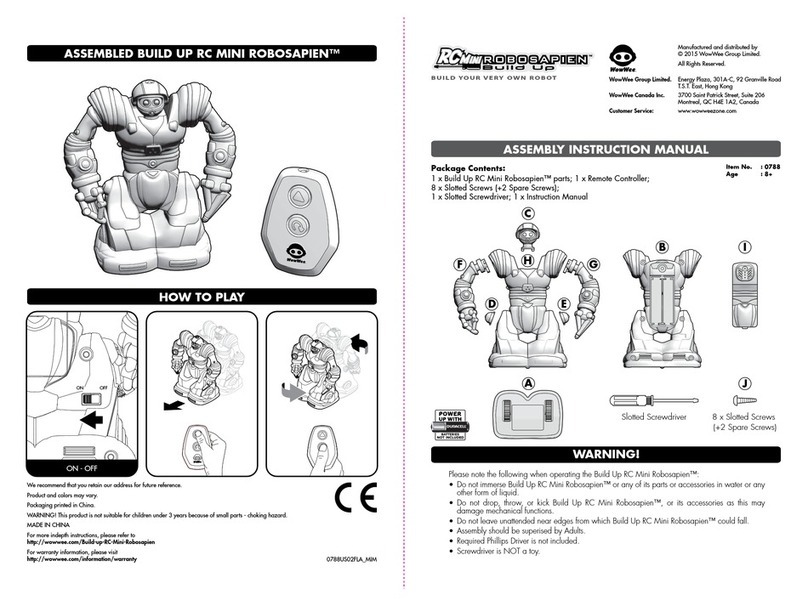
WowWee
WowWee BUILD UP RC MINI ROBOSAPIEN How-to guide
LinkSprite
LinkSprite Rover ASSEMBLY AND PROGRAMMING MANUAL
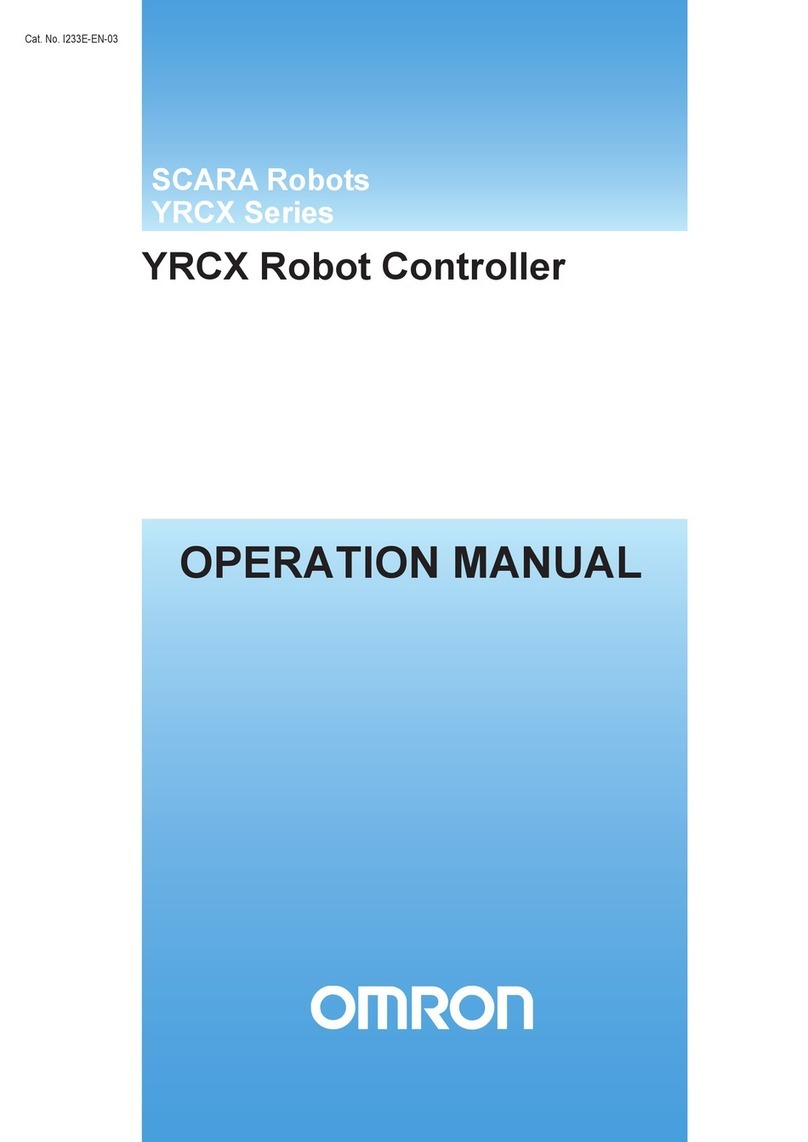
Omron
Omron YRCX Series Operation manual

Thames & Kosmos
Thames & Kosmos SpringBots Experiment manual
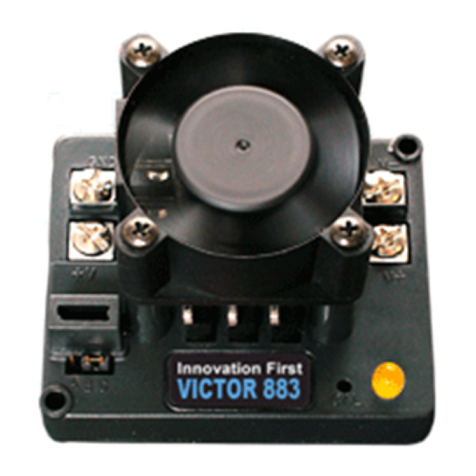
Innovation First
Innovation First Victor 883 user manual
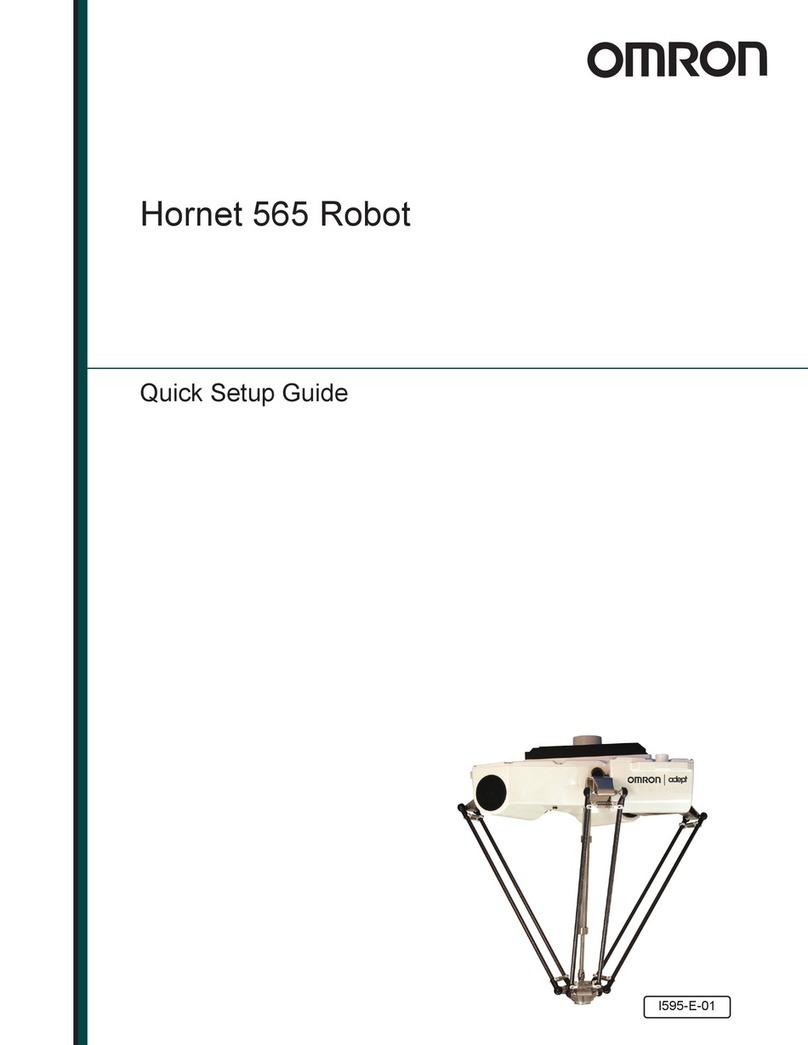
Omron
Omron Hornet 565 Quick setup guide



